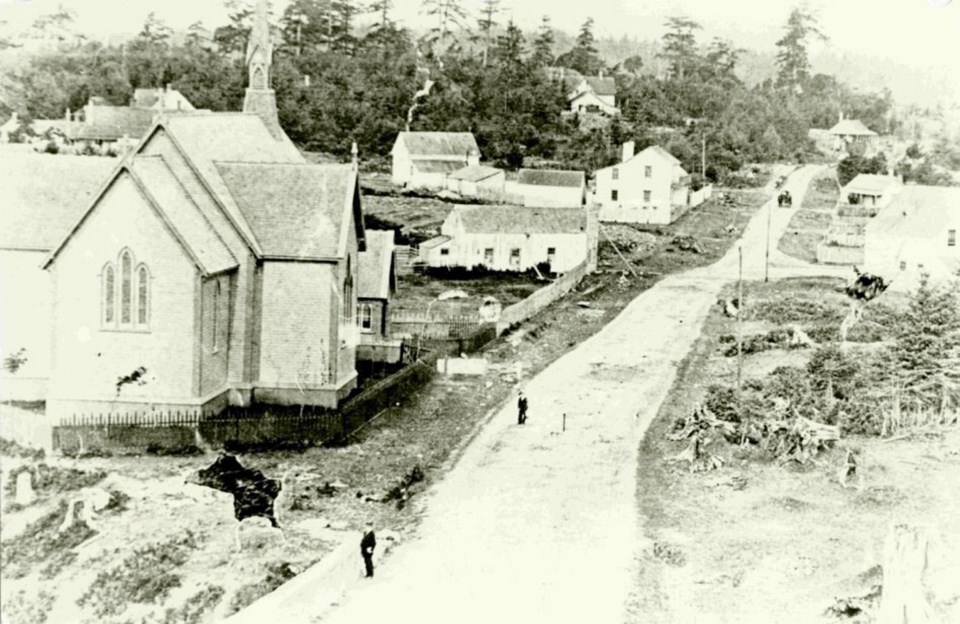Local history fans no longer have to make their way to the 1,000-square-foot Esquimalt archive to see records of the township’s past.
About 2,000 of the archive’s 6,000 photos, covering 150 years, have been digitized and posted online, making them accessible from anywhere with an Internet connection.
“It’s our first venture into the land of digitization and it’s important to us because it provides an opportunity for the public to gain a better understanding of Esquimalt’s history,” said municipal archivist Greg Evans.
One 1897 photo shows about two dozen women and children gathered on the beach for a picnic at Macauley Point. Another, from 1991, shows five Yarrows employees eating Chinese food.
Evans said staff tried to select photos that spanned years as well as subject matter, covering sports, academia, the military, transportation, family gatherings and even bicycle clubs.
“We purposely decided to have a diverse range of subjects online rather than concentrate on just one or two, so that the diverse subjects give a broader impression and understanding of the history of Esquimalt.”
About one third of the township’s collection is now online, leaving room to add more.
Previously, members of the public had to visit the archive, share their research interests, request copies of the photos they liked and have staff scan and send them.
The digitization project simplifies the process, while opening it up to researchers outside Esquimalt.
The Capturing our History digitization project was made possible thanks to a $9,000 grant from the Irving K. Barber Learning Centre at the University of British Columbia.
Work has been in progress since April.
“Their philosophy and ours is the same — it’s the public’s history, so let’s make that history as accessible as possible,” Evans said.
Find the archives here: timescolonist.com/esquimaltarchives



